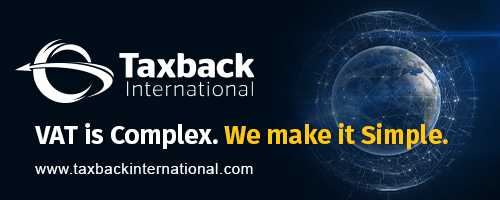- Value Added Tax (VAT) is an indirect tax.
- VAT to be paid is compared to VAT deducted, with any excess being carried over to the next period.
- With the introduction of withholding tax on VAT, the tax is collected at a lower rate from the buyer who is a VAT taxpayer.
- The tax authority expects the taxpayer who withheld the tax to pay the amount withheld through the VAT return.
- There have been issues with the application of withholding tax on VAT, leading to potential legal challenges.
- VAT that cannot be offset through deductions is collected from taxpayers according to VAT refund mechanisms.
- The aim of VAT refunds is to ensure the protection and oversight of the tax.
- There have been instances where municipalities have not paid the VAT they withheld, leading to issues.
- The tax authority assigned the same tax code (0015) to both KDV1 and KDV2 for years, raising questions about the consistency of the system.
- In 2024, KDV2 was suddenly assigned a different tax code (4017), prompting questions about the reason for the change.
- There are concerns that the previous assignment of the same tax code to KDV1 and KDV2 may lead to legal challenges and penalties.
- Legal action has been taken by some taxpayers to challenge the assignment of the same tax code to both KDV1 and KDV2.
Source: alomaliye.com
Note that this post was (partially) written with the help of AI. It is always useful to review the original source material, and where needed to obtain (local) advice from a specialist.














